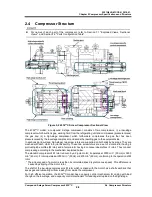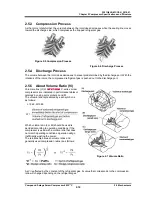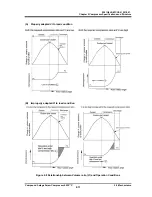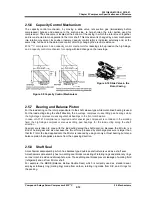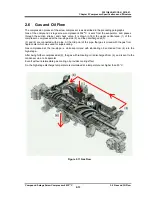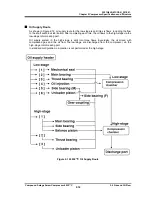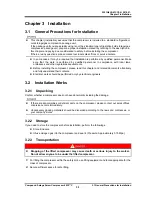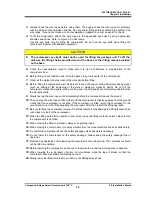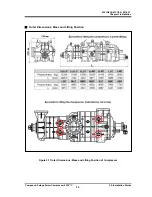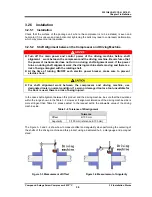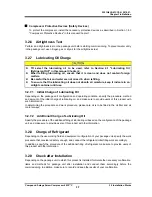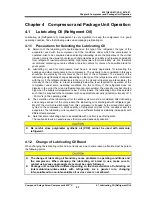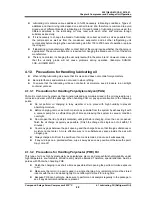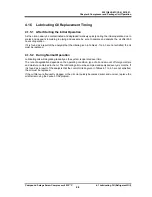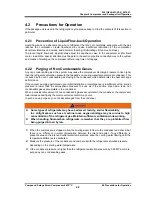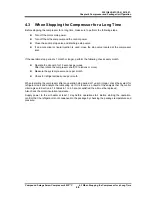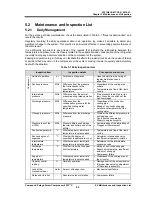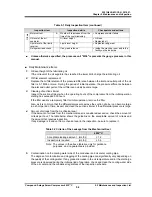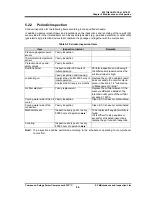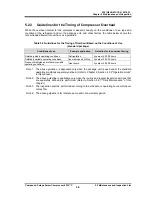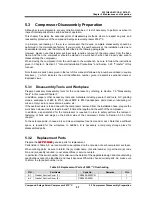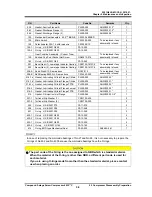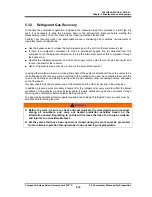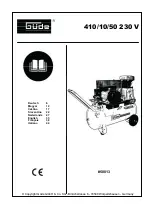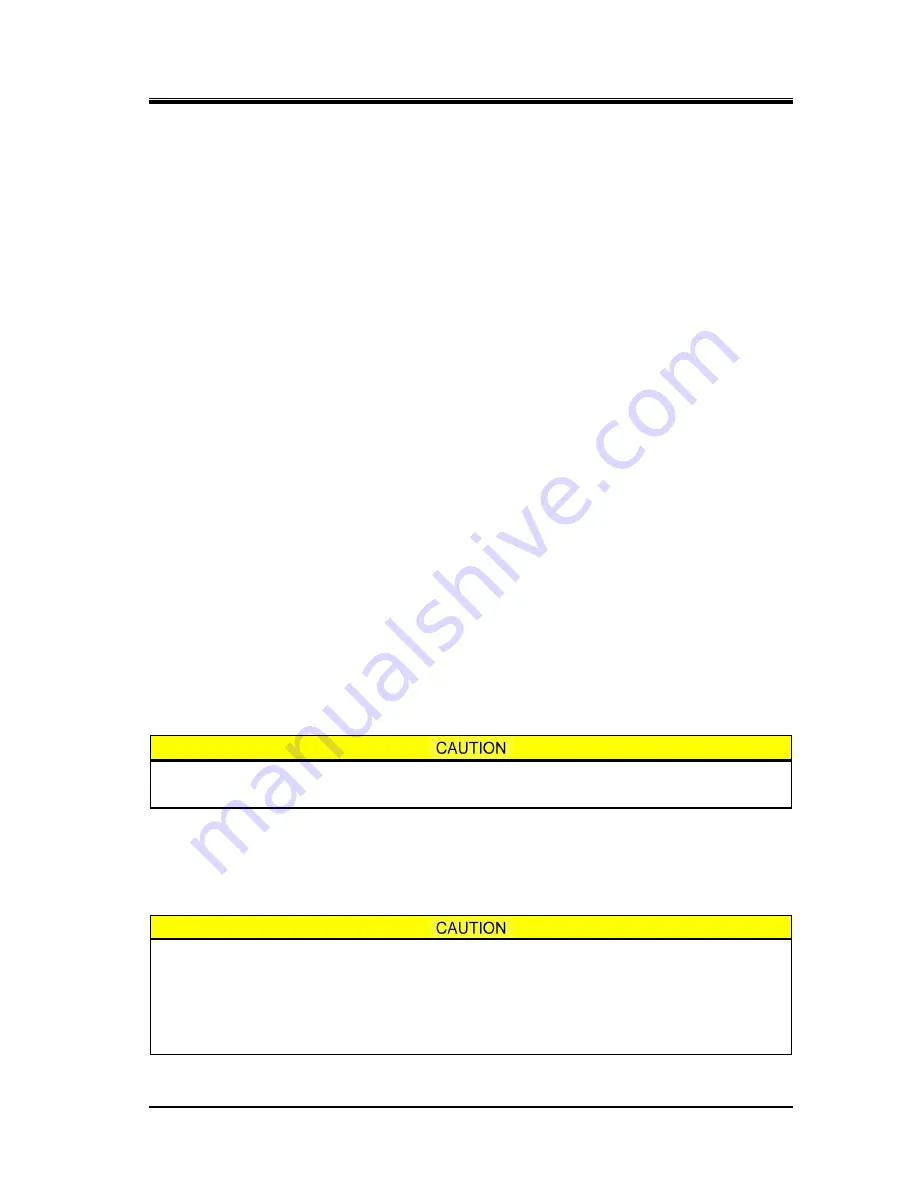
2201Q4JE-MY-C9-N_2018.01.
Chapter 4 Compressor and Package Unit Operation
Compound 2-stage Screw Compressor 4032**C
4.1 Lubricating Oil (Refrigerant Oil)
4-1
Chapter 4 Compressor and Package Unit Operation
4.1
Lubricating Oil (Refrigerant Oil)
Lubricating oil (Refrigerant oil) management is very significant to keep the compressor in a good
operating condition. Take the following notes when managing lubricating oil.
4.1.1 Precautions for Selecting the Lubricating Oil
Selection of the lubricating oil should depend on the type of the refrigerant, the type of the
evaporator used with the compressor, and the conditions under which the compressor is
operated. Also to be considered when selecting lubricating oil are the properties of the oil that
include not only the viscosity but also such characteristics as solubility in refrigerant, separability
from refrigerant, low temperature fluidity, high temperature thermal stability, etc. We therefore
recommend contacting our sales offices or service centers for choice of a specified brand for
your system.
Lubricating oil used for compressors must have a viscosity appropriate for lubricating the
bearings and other components in the compressors. The viscosity to be considered in this case
should be the viscosity the oil shows at the oil inlet of the compressor. The viscosity of the
lubricating oil significantly changes depending on the type of the refrigerant used in combination
with the oil. If the refrigerant dissolves in the oil (or the oil and refrigerant are inter-soluble), the
viscosity of the oil drops to a level remarkably below the level required for operation of the
compressor under some operating conditions. On the contrary, if the refrigerant does not
dissolve in the oil (or the oil and refrigerant are non-inter-soluble), the viscosity may become too
high when the supply oil temperature is low. For this reason, the lubricating oil must be selected
such that it is supplied to the compressor with an appropriate viscosity (kinematic viscosity of 13
- 40 mm
2
/s) in the operating state.
The circulation of the lubricating oil for the entire system must be considered. After lubricating
and cooling each part of the compressor, the lubricating oil is discharged with refrigerant gas.
Most of the oil which is discharged from this compressor is trapped by the oil separator and is
cycled to the compressor. A small quantity of refrigerant oil goes to the condenser and the
evaporator. The lubricating oil is required to have sufficient fluidity and stability inside parts with
different temperatures.
Note that some lubricating oils are incompatible with a certain type of refrigerant.
The caution below is an example case that is required especially attention.
Be careful since polyolester synthetic oil (POE) cannot be used with ammonia
refrigerant.
4.1.2 Change of Lubricating Oil Brand
When changing the lubricating oil brand in currently use due to some reason, attention must be paid to
the following points.
The change of lubricating oil brand may cause problems in operating conditions and
the compressor. When changing the lubricating oil brand in use, make sure to
contact us because appropriate steps must be surely followed.
Package unit composition differs depending on the characteristics of lubricating oil
(inter-soluble/non-inter-soluble with refrigerant). As a general rule, changing
inter-soluble oil to non-inter-soluble oil or vice versa is not allowed.

